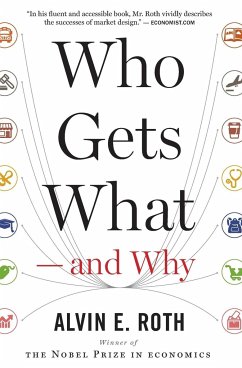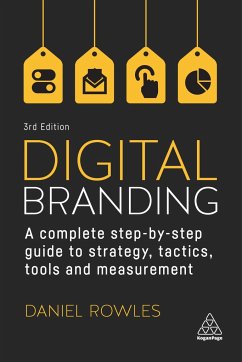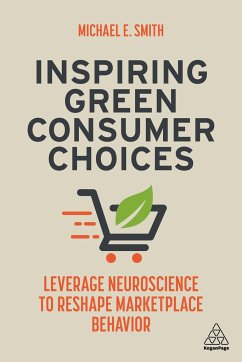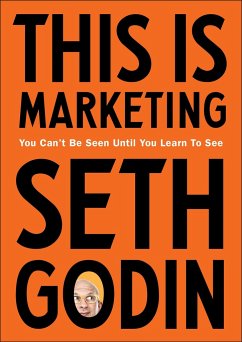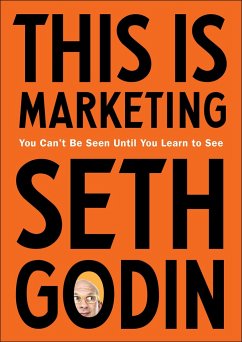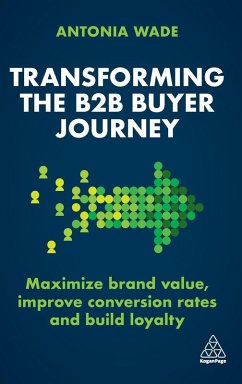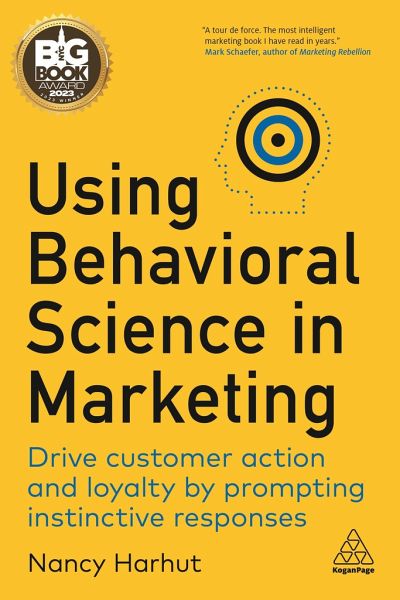
Using Behavioral Science in Marketing
Drive Customer Action and Loyalty by Prompting Instinctive Responses
Versandkostenfrei!
Versandfertig in 1-2 Wochen
110,99 €
inkl. MwSt.
Weitere Ausgaben:

PAYBACK Punkte
55 °P sammeln!
Increase engagement, response rates and the ROI of marketing initiatives with this step-by-step guide to harnessing hardwired consumer behavior and instinctive responses. Using Behavioral Science in Marketing shows how to apply behavioral science principles in key areas of marketing, including marketing communications, email, direct mail and ad campaigns, social media marketing and sales funnel conversion strategies. Highly practical and accessible, it includes case studies and examples from AT&T, Apple, Spotify and The Wall Street Journal showing how these approaches have been used in practic...
Increase engagement, response rates and the ROI of marketing initiatives with this step-by-step guide to harnessing hardwired consumer behavior and instinctive responses. Using Behavioral Science in Marketing shows how to apply behavioral science principles in key areas of marketing, including marketing communications, email, direct mail and ad campaigns, social media marketing and sales funnel conversion strategies. Highly practical and accessible, it includes case studies and examples from AT&T, Apple, Spotify and The Wall Street Journal showing how these approaches have been used in practice. Using Behavioral Science in Marketing also reveals how to increase consumer involvement and engagement, convey exclusivity and desirability, and prompt customer action and loyalty with scientifically proven principles such as autonomy bias, storytelling, and the Von Restorff effect. Featuring common mistakes to avoid and key takeaways at the end of each chapter, it's also accompanied by downloadable checklists and an interactive template to use in practice. In a highly competitive space, where even an incremental advantage can result in significant uplifts, this is a crucial resource to create stand out and successful marketing-especially for marketers in highly regulated or highly competitive environments.






